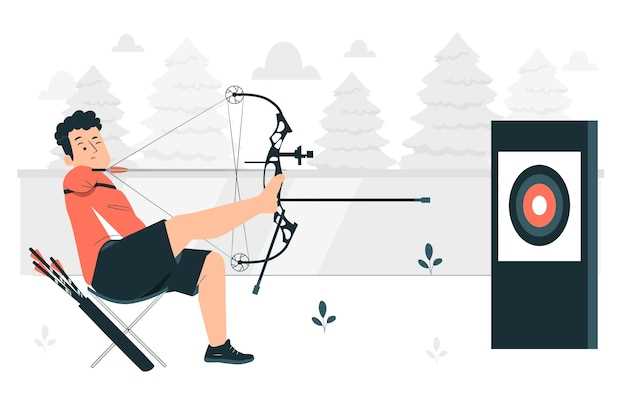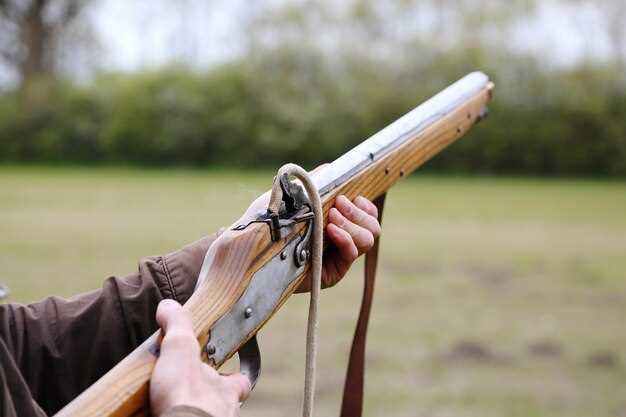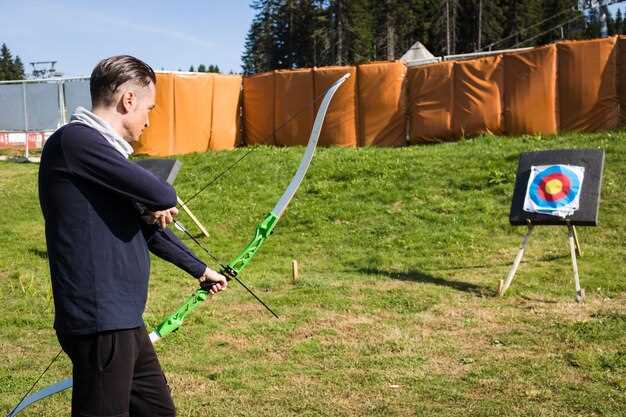
Crossbow maintenance checklist for beginners

Owning a crossbow requires not only skill in operation but also a commitment to its care and maintenance. Proper maintenance ensures the longevity and reliability of your equipment, helping you perform at your best during hunting or target shooting. Neglecting basic upkeep can lead to malfunctions, reduced accuracy, and even safety hazards. Therefore, understanding and implementing a systematic checklist for crossbow maintenance is essential for beginners.
The maintenance process can seem daunting at first, but with a structured approach, it becomes manageable and straightforward. This checklist will guide you through the necessary steps to keep your crossbow in optimal condition. By regularly inspecting and servicing your equipment, you can enhance its performance and extend its lifespan. Each component, from limbs to strings, plays a vital role in how your crossbow functions, and ensuring these parts are well cared for is crucial.
In this article, we will break down the fundamental elements of crossbow maintenance into a clear and concise checklist. With each step, you will gain confidence in your ability to maintain your equipment effectively. Whether you’re a novice or just looking to refine your skills, following these guidelines will not only enhance your shooting experience but also ensure the safety and enjoyment of your time spent with your crossbow.
Inspecting and Replacing Crossbow Strings and Cables

Proper maintenance of your crossbow includes regular inspection and replacement of strings and cables. Over time, these components can wear out or become damaged, leading to decreased performance and potential safety hazards. Ensuring that strings and cables are in optimal condition is crucial for the reliability of your crossbow.
Inspection Process
Begin by visually examining the strings and cables for any signs of fraying, discoloration, or wear. Pay attention to areas where the string may come into contact with sharp edges or other surfaces. Use your fingers to feel for any irregularities, such as bumps or flat spots, which can indicate damage. Additionally, check the serving, the wrapped section of the string, for separation or movement. If any issues are detected, it is time to consider replacing the components.
Signs of Damage
Common indicators that strings or cables need replacement include:
- Frayed or broken strands.
- Visible wear or abrasions.
- Loss of elasticity or stretch.
- Thin sections that could snap.
It’s generally recommended to replace strings and cables if they show any considerable wear or after a specific number of shots as advised by the manufacturer.
Replacement Steps
When you decide to replace the strings and cables, follow these steps:
- Prepare your workspace: Ensure you have a clean, organized area with adequate lighting.
- Remove the old string: Carefully unstring the crossbow, following the manufacturer’s instructions. This usually involves using a bow press or unstringing device.
- Install the new string: Align the new string according to the manufacturer’s guidelines and carefully string the crossbow.
- Check the tension: Make sure the new strings are tensioned correctly. Adjust as necessary for optimal performance.
- Conduct a final inspection: After installation, double-check that everything is aligned correctly and that there are no visible issues.
Regularly inspecting and replacing your crossbow strings and cables is essential for maintaining the overall performance and safety of your equipment. Adhering to this maintenance checklist will ensure that your crossbow remains functional and reliable for your shooting needs.
Cleaning the Crossbow: Tools and Techniques

Proper care for your crossbow involves regular cleaning to ensure optimal performance and longevity. A clean crossbow not only enhances accuracy but also reduces the risk of malfunctions. Here are the essential tools and techniques for cleaning your crossbow effectively.
Tools Needed:
- Soft cloths or microfiber towels
- Brushes (bore brushes and nylon brushes)
- Crossbow-safe lubricant
- Solvent or cleaning solution
- Compressed air canister (optional)
- Protective gloves
Cleaning Techniques:
1. Disassemble the Crossbow: Begin by safely removing the limbs and any attached accessories. Refer to your owner’s manual for detailed disassembly instructions.
2. Wipe Down the Components: Use a soft cloth to wipe down all surfaces of the crossbow, paying special attention to the stock, rails, and trigger mechanism. This helps to remove dust, dirt, and moisture.
3. Clean the Strings: Utilize the appropriate brush to clean the crossbow strings gently. You can use a specialized string cleaner or a cloth lightly moistened with a suitable solvent.
4. Lubricate Moving Parts: After cleaning, apply a small amount of crossbow-safe lubricant to all moving parts, including the trigger mechanism and limb pockets. This will prevent rust and ensure smooth operation.
5. Inspect for Damage: While cleaning, inspect the crossbow for any signs of wear or damage. Look for frayed strings, cracks in the limbs, or loose screws, and take action as necessary.
6. Reassemble and Test: Once all components are clean and inspected, carefully reassemble the crossbow. Perform a test to ensure that everything is functioning correctly before taking it out for use.
Regular cleaning and maintenance will keep your crossbow in optimal condition, ensuring reliability during use. By following these tools and techniques, you can maintain the performance and lifespan of your crossbow effectively.
Checking and Maintaining the Scope and Accessories
Regular care of your crossbow’s scope and accessories is essential for optimal performance. Begin by inspecting the scope for any signs of damage, such as scratches or cracks on the lens. Clean the lenses carefully using a microfiber cloth and lens cleaner to remove dust and fingerprints, avoiding any abrasive materials that could cause scratches.
Next, check the mounting system of the scope to ensure it is secure. Loose screws or mounts can lead to inaccurate aiming. Tighten any fasteners gently, ensuring that you do not over-tighten them, as this can damage the scope or the crossbow itself.
Also, assess the reticle alignment. Look through the scope to confirm that the crosshair is centered and does not drift off when aiming. If it appears misaligned, you may need to recalibrate the scope according to the manufacturer’s instructions.
Inspect accessories such as quivers and stabilizers as well. Ensure that quivers are securely attached and not wobbling, which can affect balance and shooting accuracy. Clean and lubricate moving parts of stabilizers to maintain their effectiveness in stabilizing your shots.
Finally, store your crossbow with its accessories in a protective case, and protect it from moisture and extreme temperatures. Regular checks will keep your scope and accessories in top condition, enhancing your overall crossbow experience.




